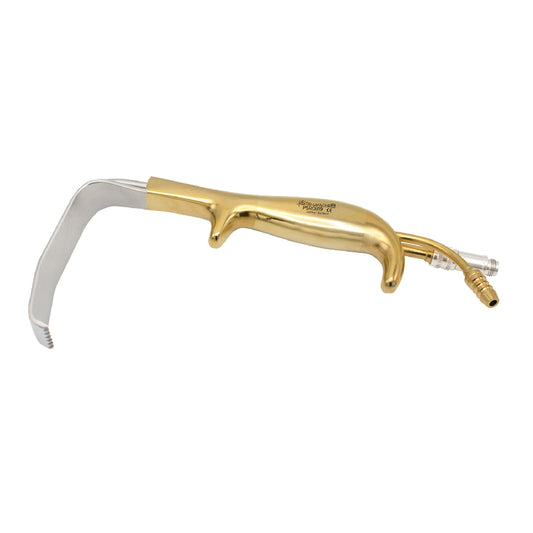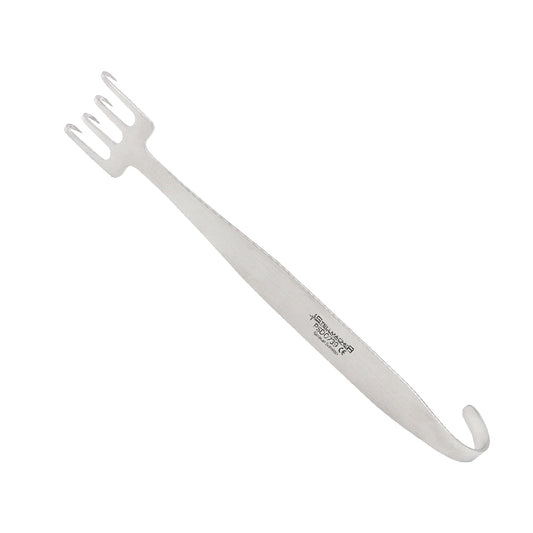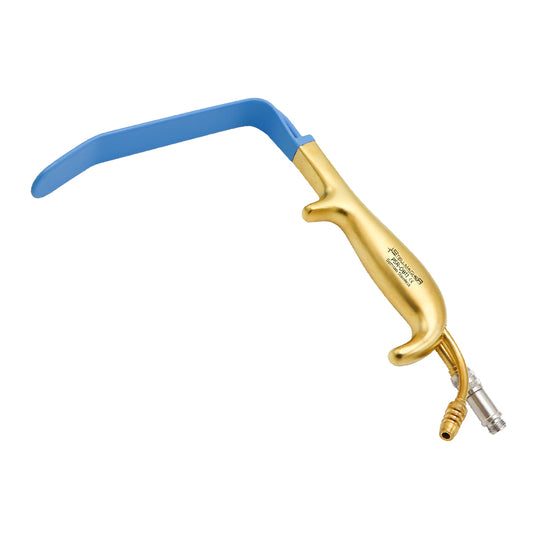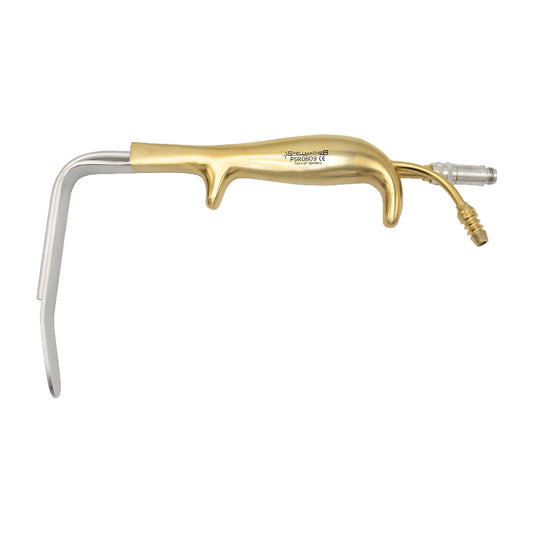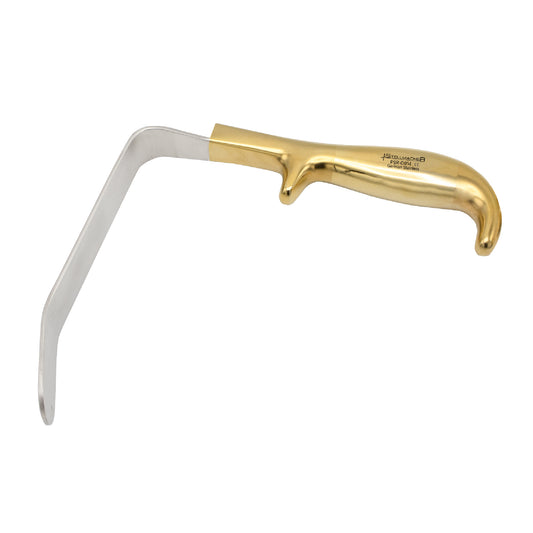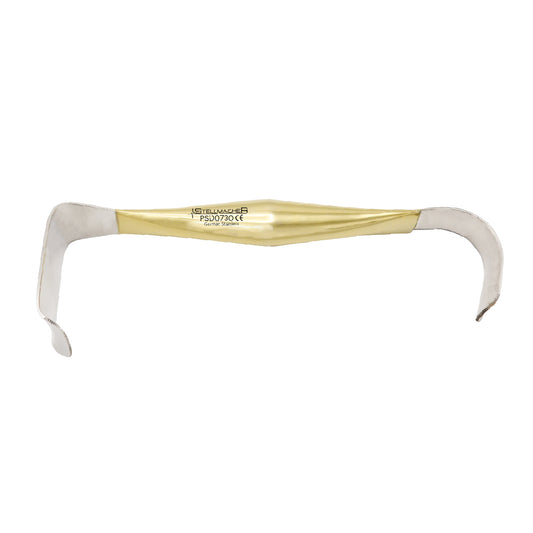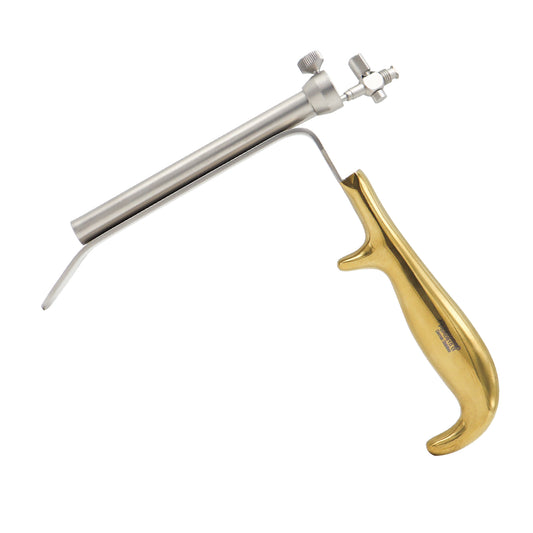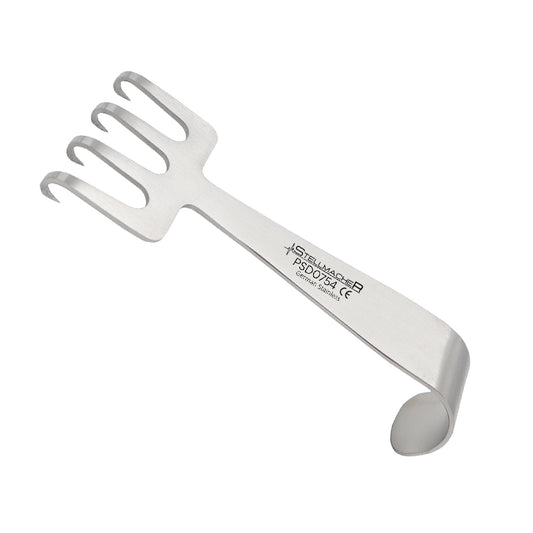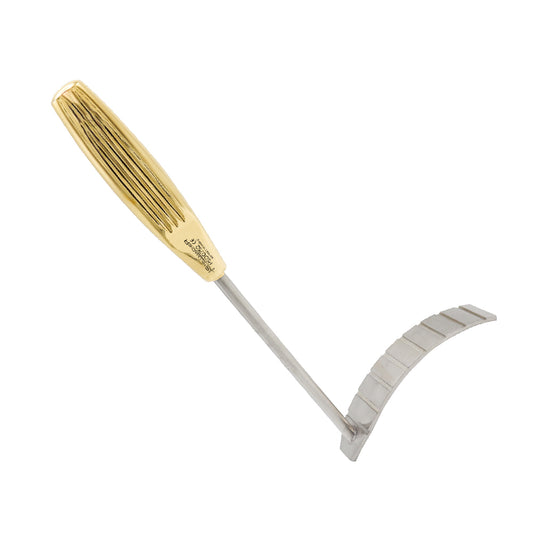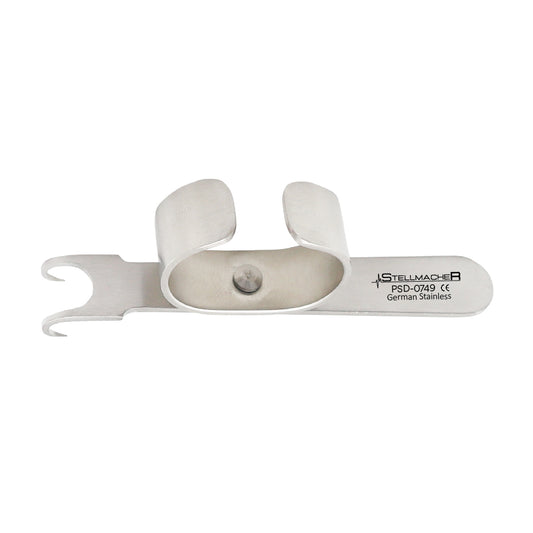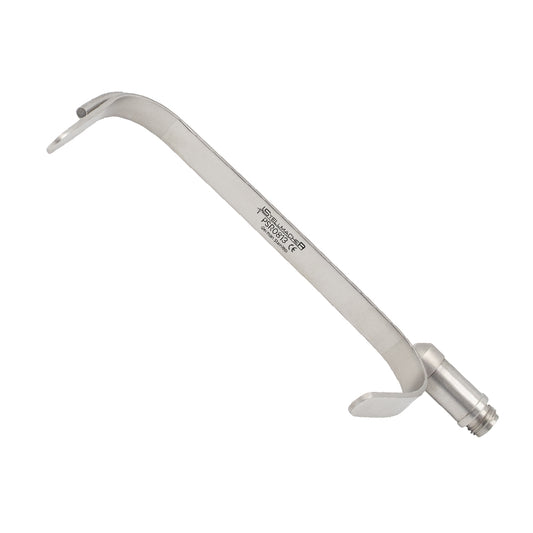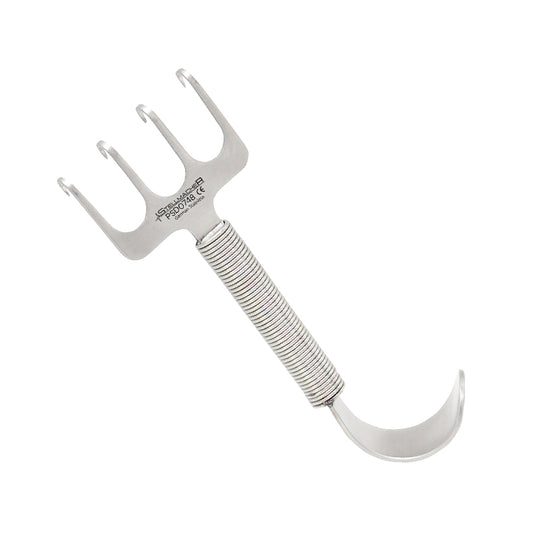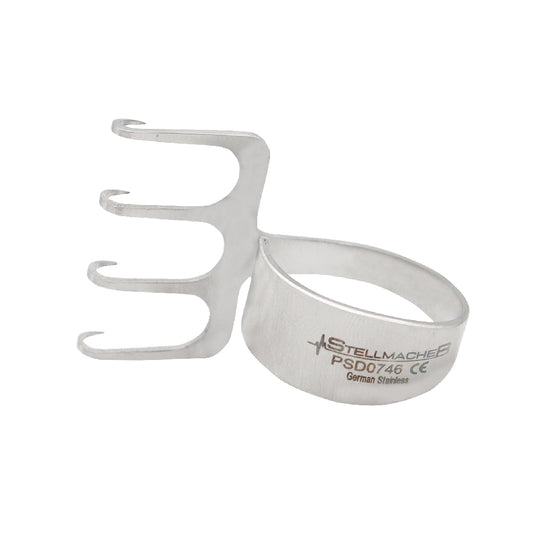Surgical retractors are invaluable tools in the operating room, assisting surgeons in holding back tissues and organs to provide better visibility and access to the surgical site. These Retractors come in various shapes and sizes, each designed for specific surgical procedures and anatomical locations.
Types of Surgical Retractors:
Hand-held Retractors: These retractors are manually operated by surgical assistants or surgeons themselves. They come in single- or double-ended designs and are commonly used in a wide range of surgical specialties.
Self-retaining Retractors: These retractors are designed to hold themselves in place, allowing surgeons to work without assistance. They come in various designs, such as Weitlaner, Bookwalter, and Balfour retractors.
Specialized Retractors: Certain surgical procedures require specialized retractors tailored to specific anatomical structures. Examples include nerve retractors, bone retractors, and vascular retractors.
Commonly Used Retractors:
Gelpi Retractor: This self-retaining retractor features sharp, pointed ends that securely grasp tissue. It is commonly used in orthopedic and neurosurgical procedures.
Richardson Retractor: With its broad, curved blades, the Richardson retractor is ideal for retracting deep tissues during abdominal surgeries.
Army-Navy Retractor: This hand-held retractor has double-ended, flat blades and is frequently used in general surgery to hold back skin and muscles.
Deaver Retractor: The Deaver retractor has a curved, tapered blade that is useful for retracting organs during abdominal surgeries.
Farabeuf Retractor: This self-retaining retractor features adjustable blades and is commonly used in gynecological and abdominal surgeries.
Surgical Retractors Materials and Sterilization:
Surgical retractors are typically made from high-quality stainless steel or durable plastics to ensure durability and ease of sterilization.
Surgical retractors undergo thorough cleaning and sterilization processes to prevent the risk of infection during surgery, adhering to strict hospital protocols and guidelines.
Retractors Importance in Surgery:
Surgical retractors play a crucial role in maintaining a clear surgical field, allowing surgeons to perform procedures with precision and accuracy.
By holding tissues and organs out of the way, retractors provide optimal visibility and access to the surgical site, reducing the risk of inadvertent damage and complications.
Surgical retractors are indispensable tools in modern surgery, facilitating safe and effective procedures across various medical specialties. Their diverse designs and functionalities cater to the unique needs of each surgical scenario, contributing to successful patient outcomes.

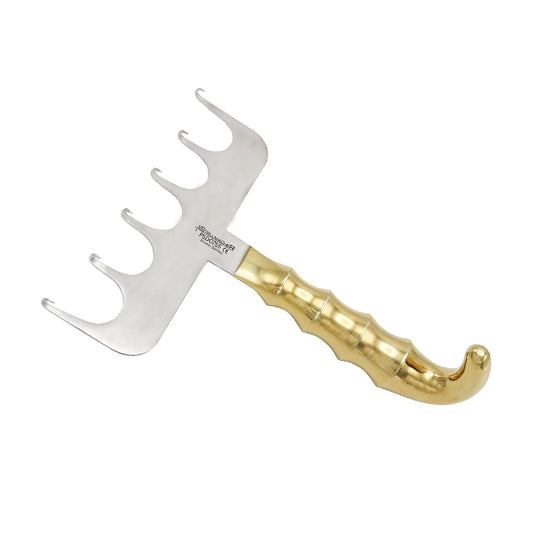
 Sale
Sale

